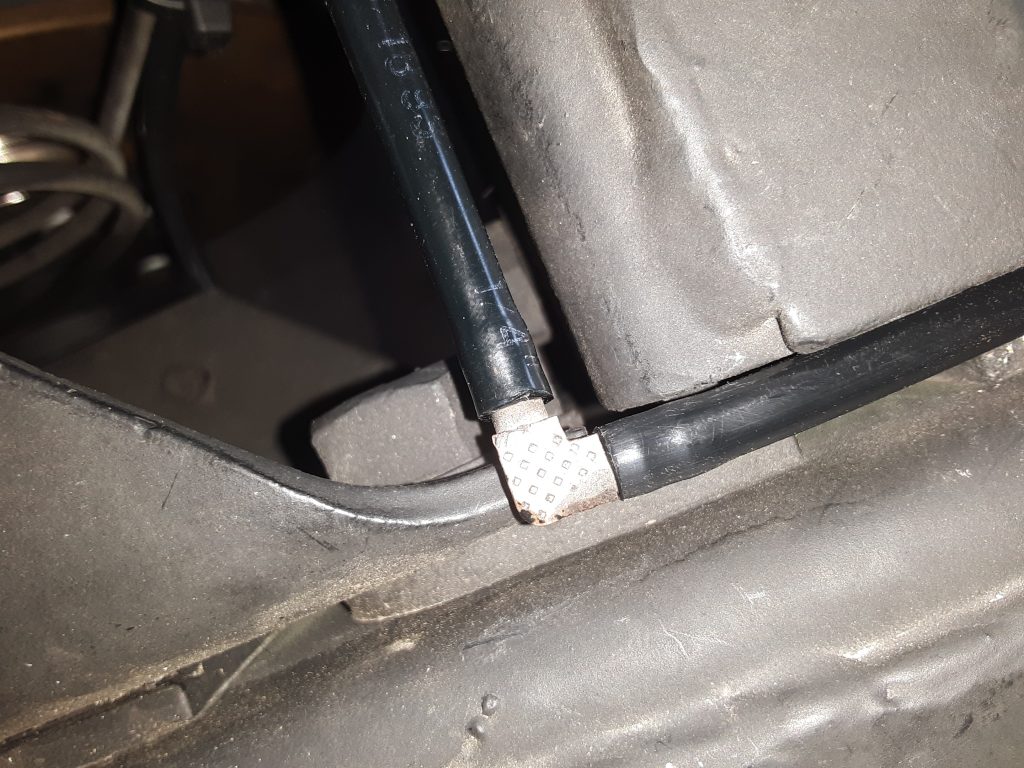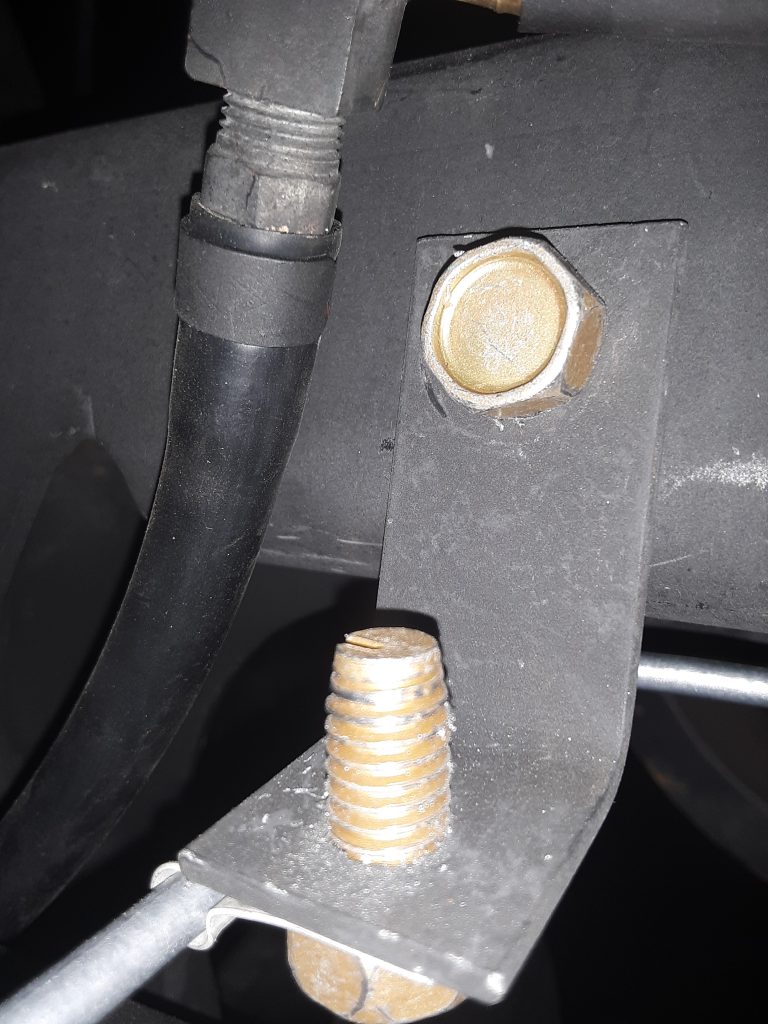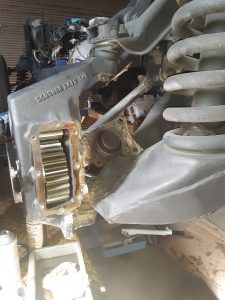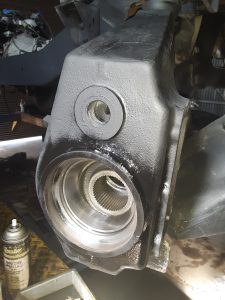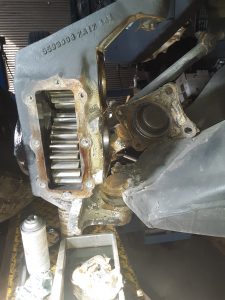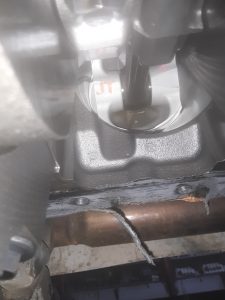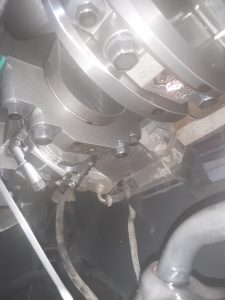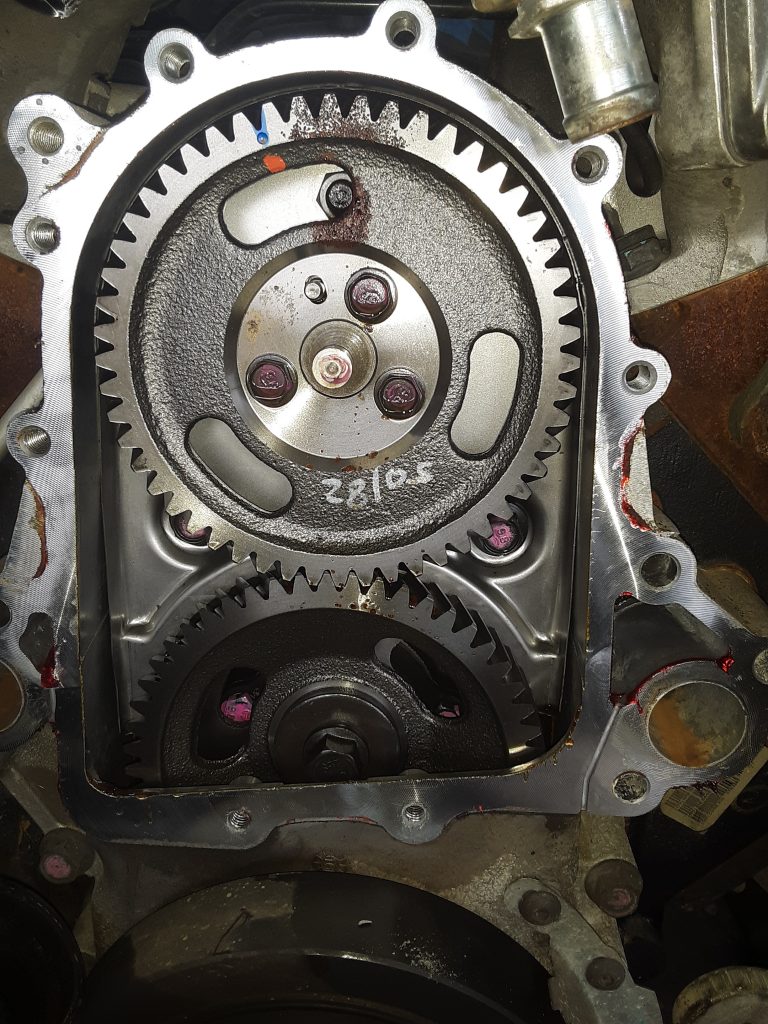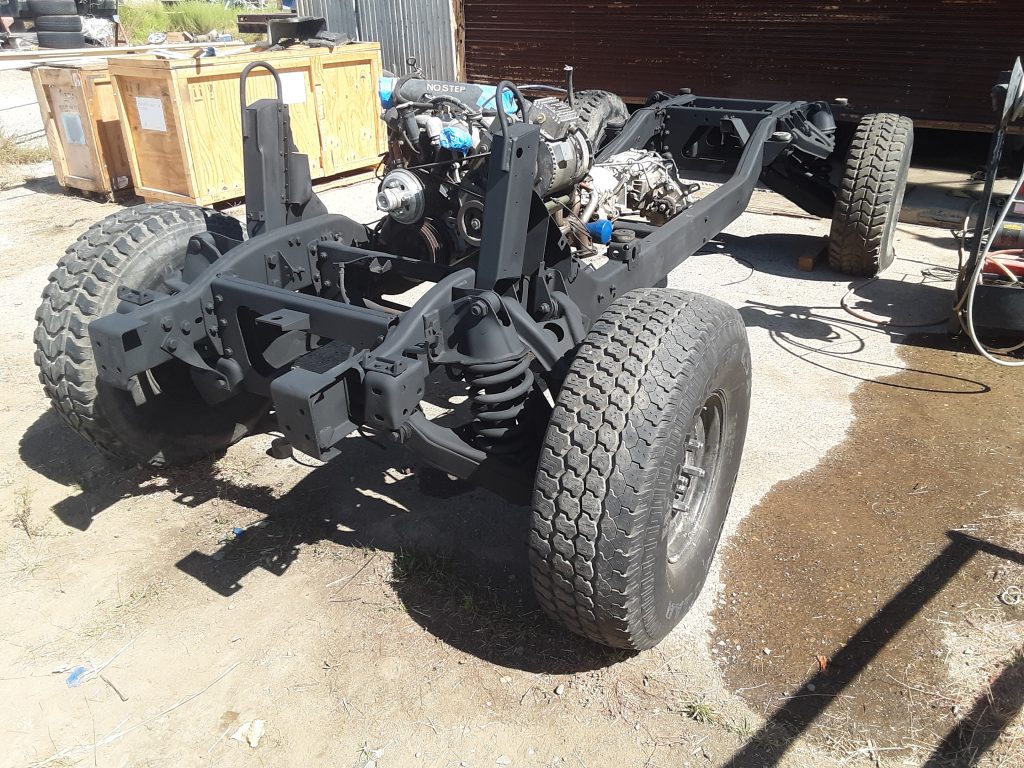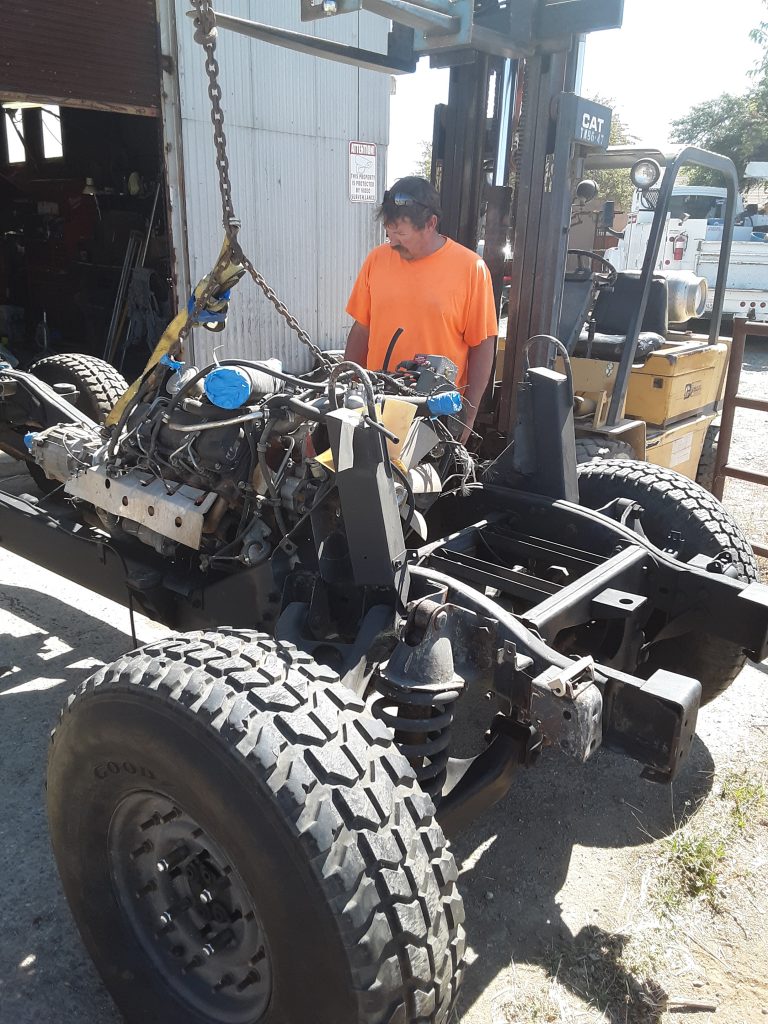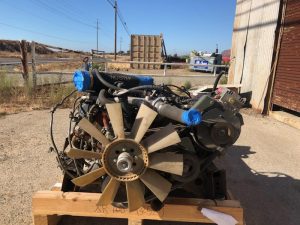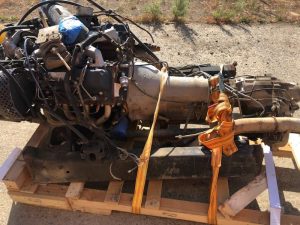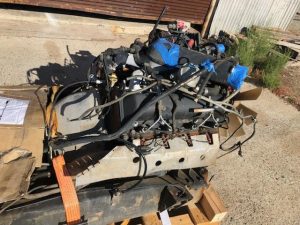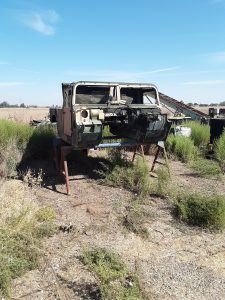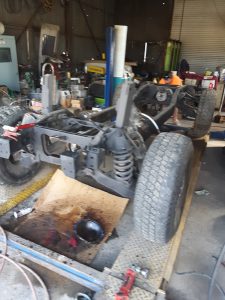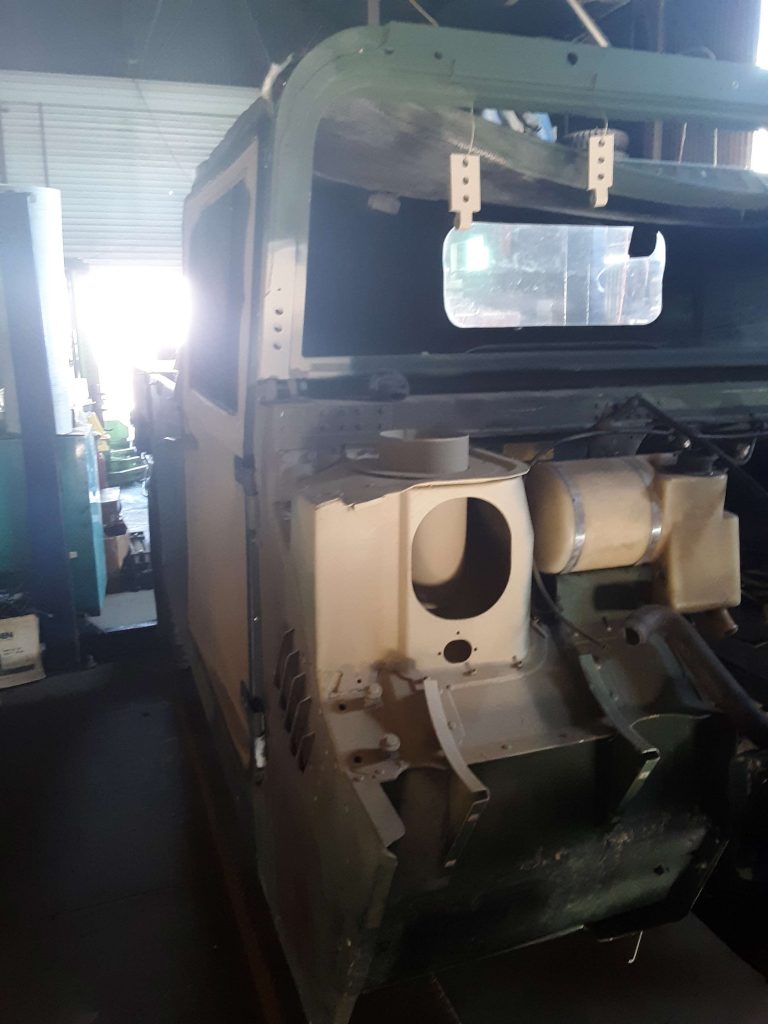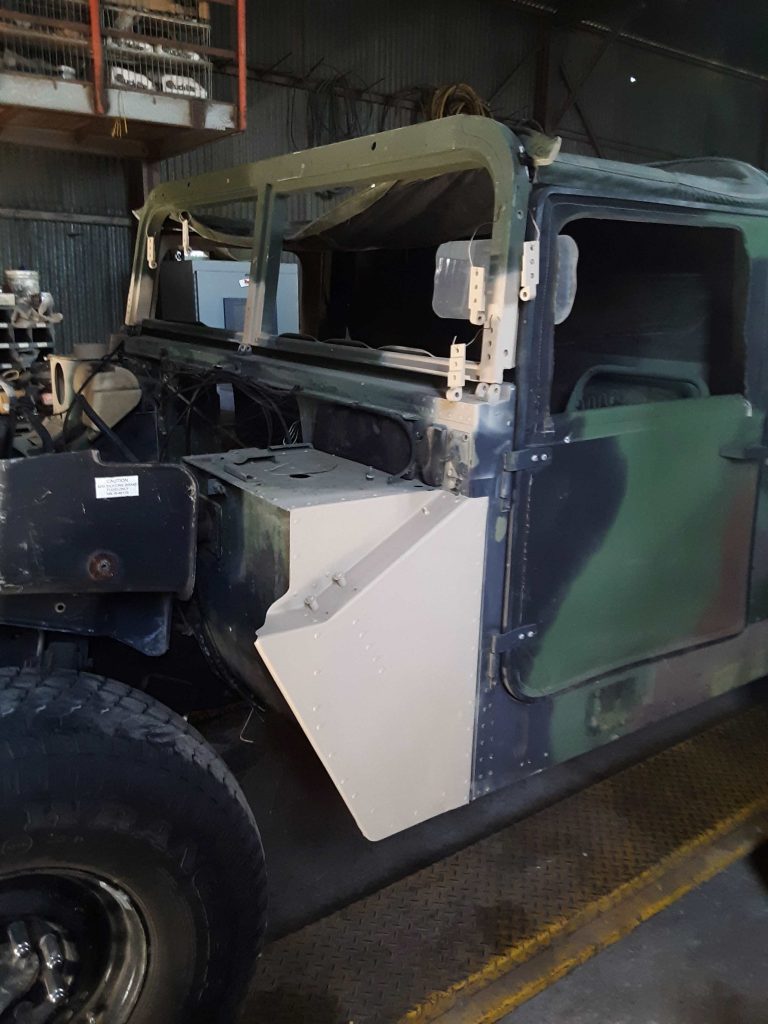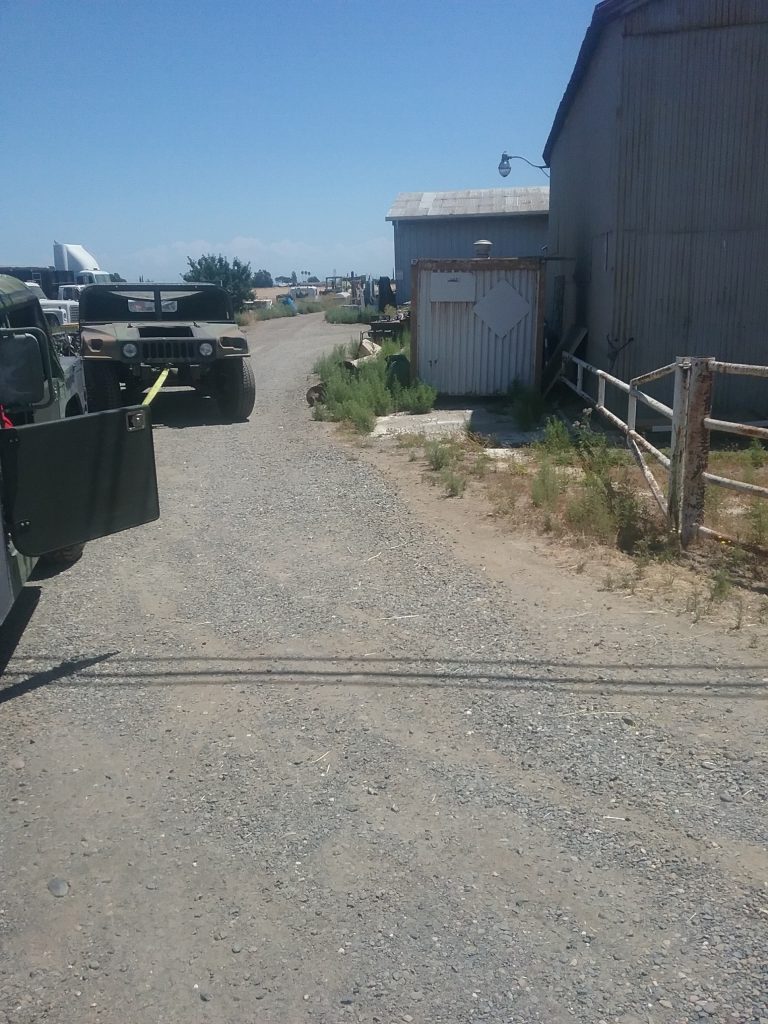Without a doubt, on a weight basis, these are the most expensive part of a HMMWV. The Parts Manual calls out for six spring tension clips 5340-01-209-7808 [5340012097808].

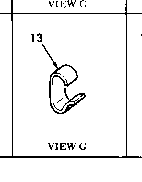
We were only able to source these clips from a single vendor, and they wanted over $10.00 each plus shipping. We sent RFQs out, and prices came back as high as $35.00 each. We then searched brake clip and fastener vendors to see if we could identify a cheaper source or a suitable substitute and were unable to locate any.
The only purpose these clamps serve are to attach the vent lines from the hubs and differential to the brake lines to keep the vent lines from becoming detached or torn off. We found a suitable (but not necessarily authentic) method of attaching the vent lines to the brake lines.
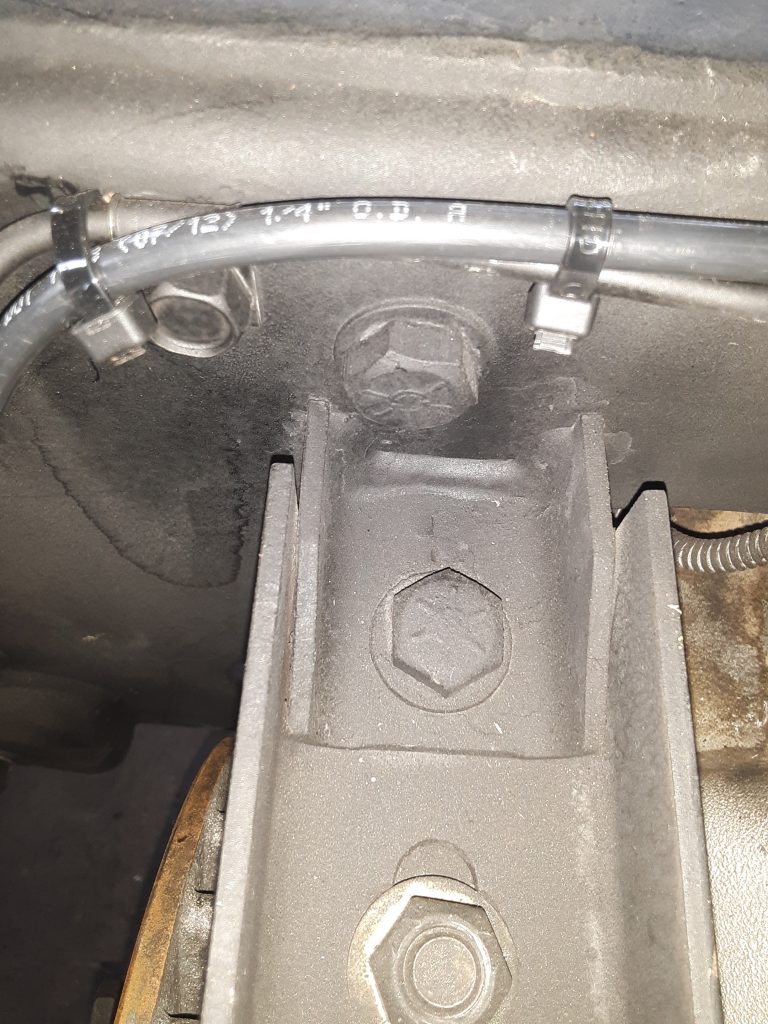
LH Rear substitute “G” clamps 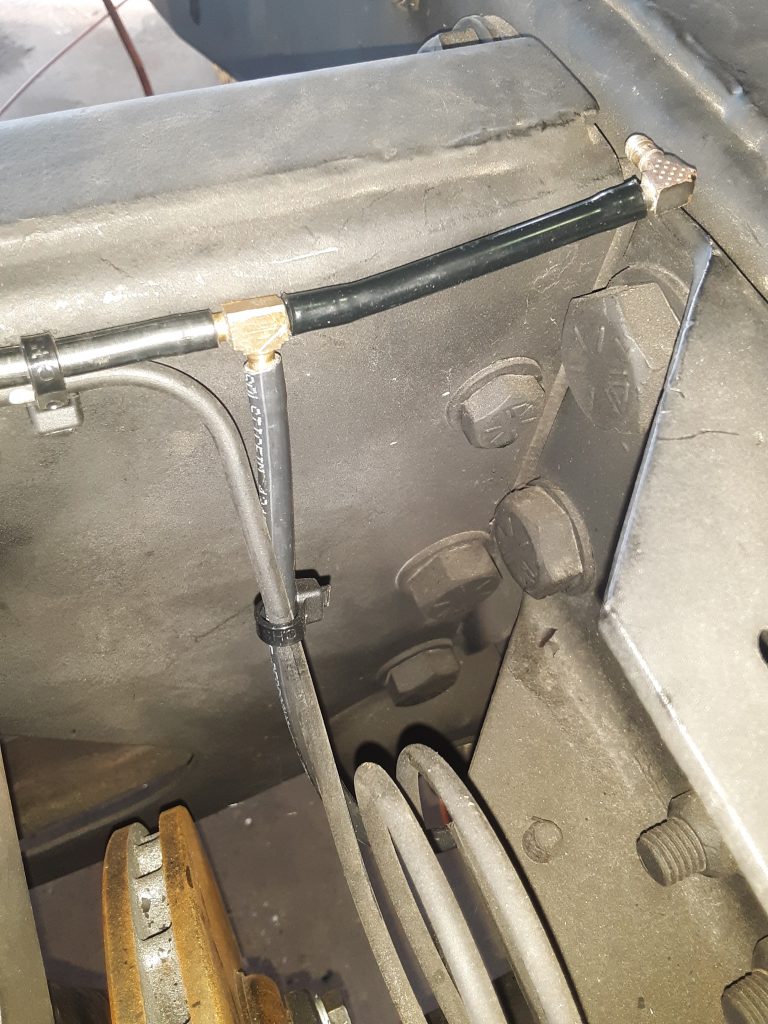
RH Rear substitute “G” clamps
Although we would have preferred to use the proper clamps, the end result is virtually the same. Spending $60 to $210 for the proper clamps in these locations simply was uneconomical and would have made no sense. Should we locate a source for these clips or a more suitable substitute, we will update this section. Needless to say, these clips are not visible once the body is installed.
Keep in mind, however, cable ties are not totally incorrect for a HMMWV. There are several call-outs in the parts manual for use of cable ties (e.g., STRAP, TIEDOWN, ELECT 5975-00-074-2072 [5975000742072] — used to hold hoses together).

